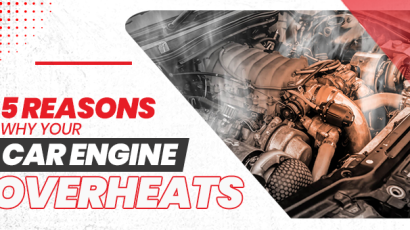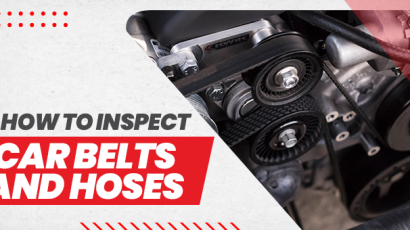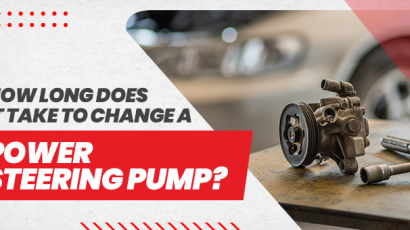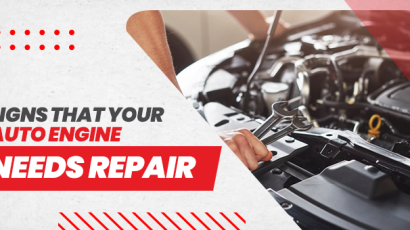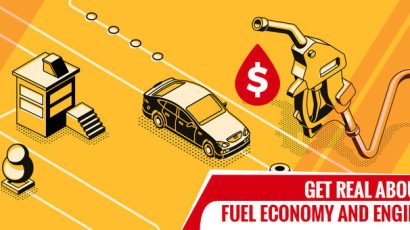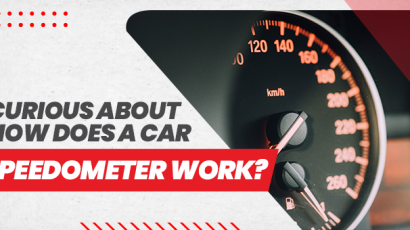
In high temperatures, an engine runs very effectively, emitting fewer emissions and maintaining the parts in top shape. When a car consumes petrol, though, it causes an excess of heat. The cooling system’s job is to get the engine to its optimum temperature easily, keep it there when driving, and expel any extra heat into the atmosphere.
The heater, the pressure cap, the fan, the pump, the thermostat, the hoses, and the overflow tank are all components of the cooling device. Coolant travel to a key part of controlling heat. It uses a thermostat after leaving the car. If the cooling fluid is below the normal temperature. The thermostat closes and the fluid is redirected to the pump.
To Travel
If the fluid becomes too hot, however, the thermostat valve opens, forcing the fluid to travel through a radiator first. Before returning the fluid to the pump, the heater cools it by releasing the heat into the air. The cooling system of an automobile can be liquid or air-cooled, but liquid cooling is used in most modern vehicles. The fluid stored in the pipes flows into the engine, collecting heat as the engine cools, in a liquid cooling system.
Liquid-cooled cars are equipped with several parts; Tubes and valves are also arranged and routed differently in each system. The fundamentals haven’t changed. A combination of ethylene glycol and water is used to cool the device. This substance is known as antifreeze or coolant. That is the support that the cooling mechanism uses to eliminate and spread engine heat. As heat expands the solvent, antifreeze is held under control in the cooling system.
Increased Pressure
When the pressure increases too high, a relief valve in the radiator cap opens, releasing a small amount of coolant to keep the pressure secure. The generators are in perfect working order. Overheating can happen when temperatures increase above a certain level for an extended period of time. Engine and cooling system elements can be damaged as a result of this.
The Water Pump
A serpentine loop, timing loop, or chain is used to operate the water pump in Cars for sale in Zimbabwe. It has an impeller that circulates the cooling system’s antifreeze. Its flow often increases in roughly the same proportion as the engine revolutions since it is powered by a belt connected to other engine systems.
The Radiator
The radiator’s water pump circulates the antifreeze. The radiator is a pipe structure that allows heat to be released from a huge frost resistance surface. The heat is removed from the fluid by air passing through or being drawn through by a cooling fan.
The Thermostat
The engine is the next stop for the antifreeze. It must pass into a thermostat as a portal. Until the engine reaches operating temperature; please note, the thermostat keeps its remains locked to prevent coolant to enter the engine. The thermostat opens as the working temperature is reached, and the antifreeze circulates in the cooling system.
The Engine
The coolant jacket is a series of narrow passages across the engine block that carry antifreeze. When continuing its circulating course, the coolant collects heat from the engine and runs it.
The Heater Core
The antifreeze reaches the heating system. Antifreeze flows into a heater core located within the passenger cabin. A fan blasts on the heater’s heart, withdrawing heat from the fluid inside and forcing hot air into the cabin. The antifreeze starts on the water pump after the heater center to resume circulation.
Inside Car
If the coolant temperature is not too high, the circulation is conducted in a narrow circle without the use of a radiator. If the allowed thermal regime is surpassed, the thermostat initiates a flow in a broad circle that includes the radiator. Expansion tanks are widely found in closed plumbing systems. This tank is fueled by the machine’s CO.
A radiator furnace is used to heat the cabin. In this situation, hot air does not penetrate the atmosphere, but rather starts inside the vehicle, providing warmth to the driver and passengers during the winter months. Such an element is basically located at the fluid outlet from the cylinder block for greater performance.
Initial Acceleration
A temperature sensor relay state of the cooling system. Signals are also submitted to the control unit. To maintain system equilibrium, it may independently activate or deactivate the executive systems. As coolants, antifreeze with a number of additives, including anti-corrosion, is used. They aid in extending the life of CO products and parts. A centrifugal pump is used to force this fluid into the device.
The movement starts at the engine block, which is the machine’s hottest component. Since the running temperature of the engine has not yet been achieved. There is an initial acceleration in a narrow circle with a closed thermostat without touching the radiator. Since flipping on the working mode, air circulates in a broad circle around the radiator, which can be cooled by a counterflow or a connected fan. A driver needs to know, the fluid returns around or in the cylinder block.






